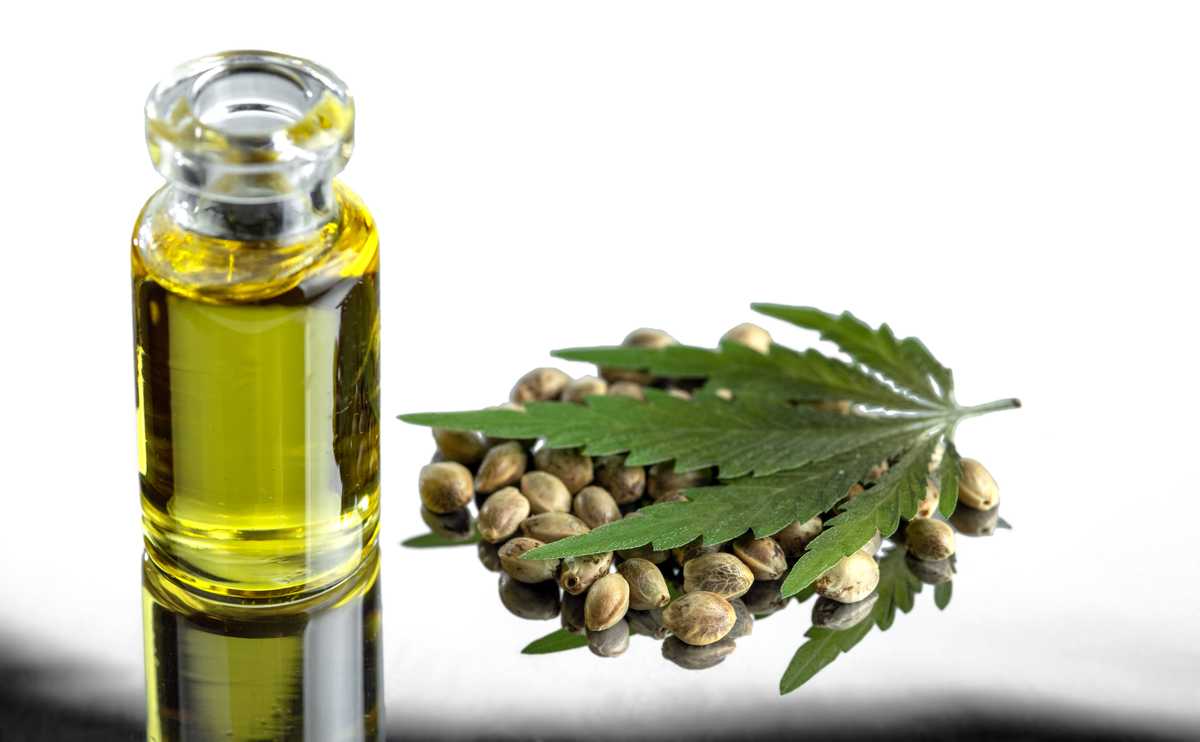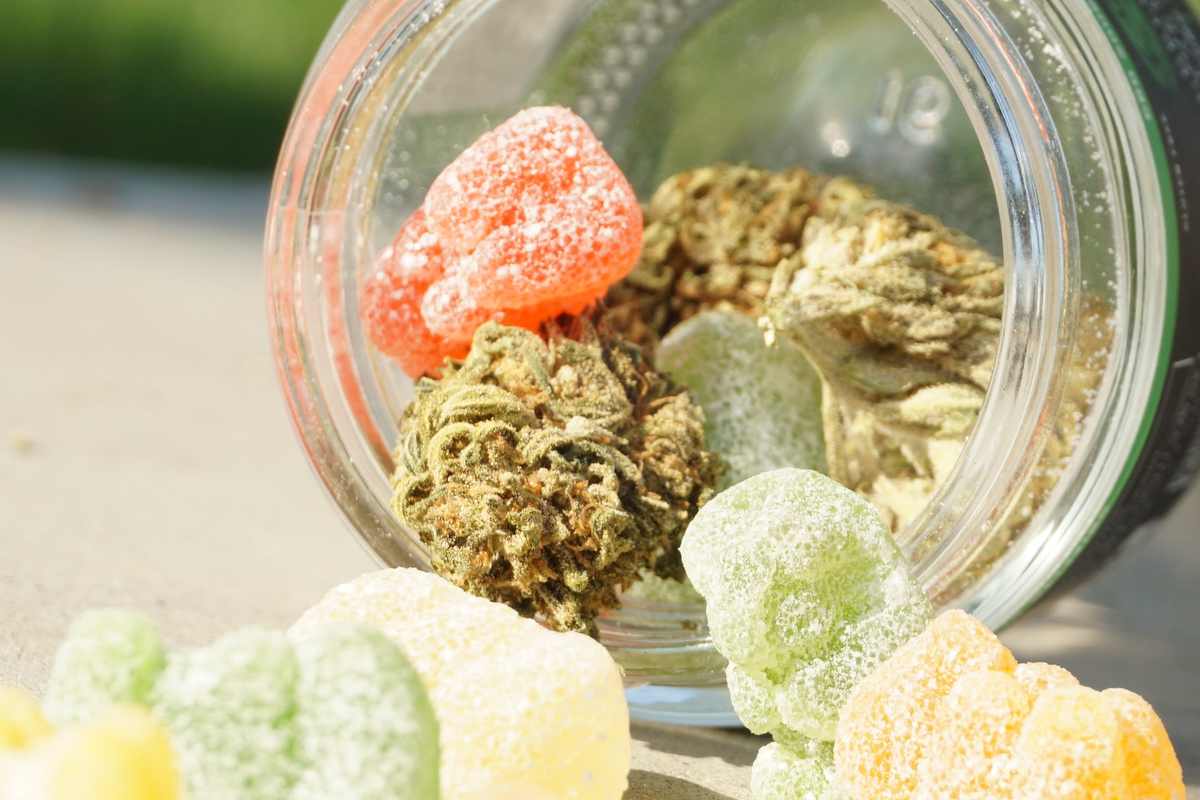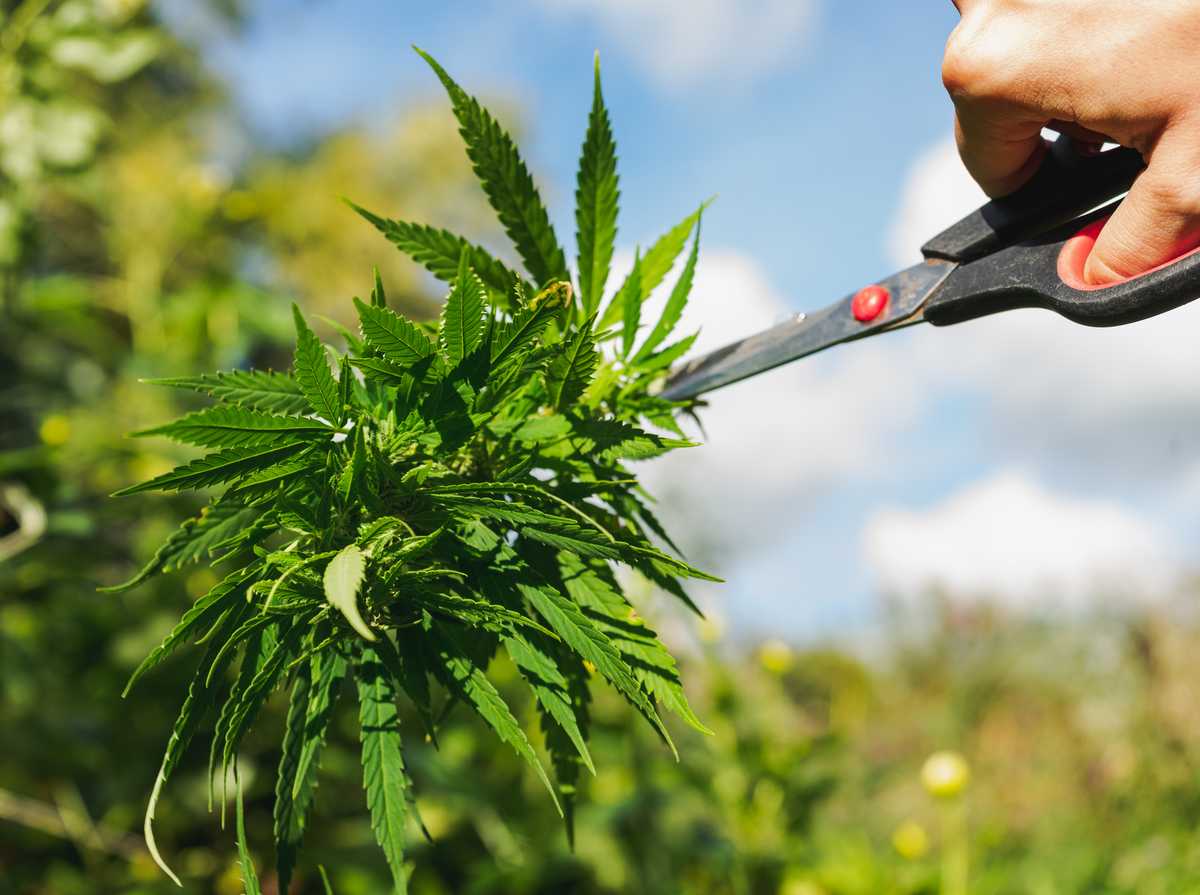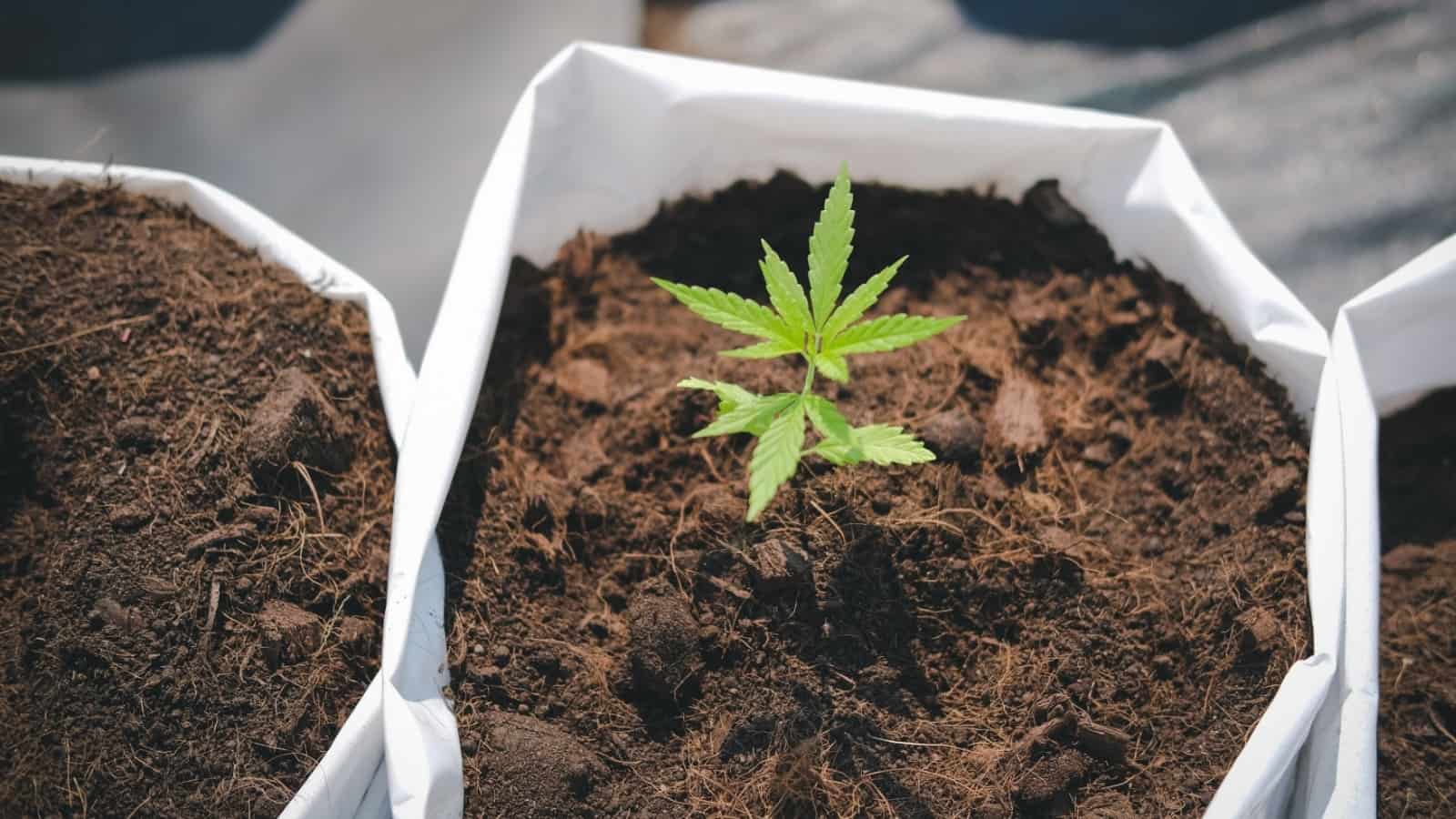
9 Step Beginners Guide To Growing Cannabis In Australia
- 1. Choosing Indoor or Outdoor Cultivation
- 2. Pick a Cultivar (Cannabis Strain)
- 3. Find the Perfect Grow Area
- 4. Germinating the Seeds
- 5. Stages of Growth
- 6. Cannabis Plant Care
- 7. Pest and Predator Control
- 8. Harvesting Your Crop
- 9. Taking and Using Clones
You’ve been dying to grow your own bud for ages, and now it’s finally legal in Canberra.
There are dozens of questions going around in your head.
- Where do I start?
- Should I grow indoors or out?
- What seeds should I grow?
- Do I need special supplies?
- When can I start the germination process?
- How can I control the plants?
We’re going to help you get ready now, so you’re ready for legal marijuana cultivation in a few weeks or with a sweet setup outside in Canberra.
In this article, we will walk through a few steps on how to grow legal cannabis in Canberra, Australia.
This article is intended for educating on how professionals would grow in regions where they have the legal ability to do so.
Table of Contents.
1. Choosing Indoor or Outdoor Cultivation
There are advantages and disadvantages to growing cannabis inside and outside.
There are different reasons for wanting to grow outside, and inside, especially if you are living in a suburban area.
Even though its legal to grow cannabis in Canberra, indoor and hydroponic cultivating is prohibited.
Indoor Cultivation
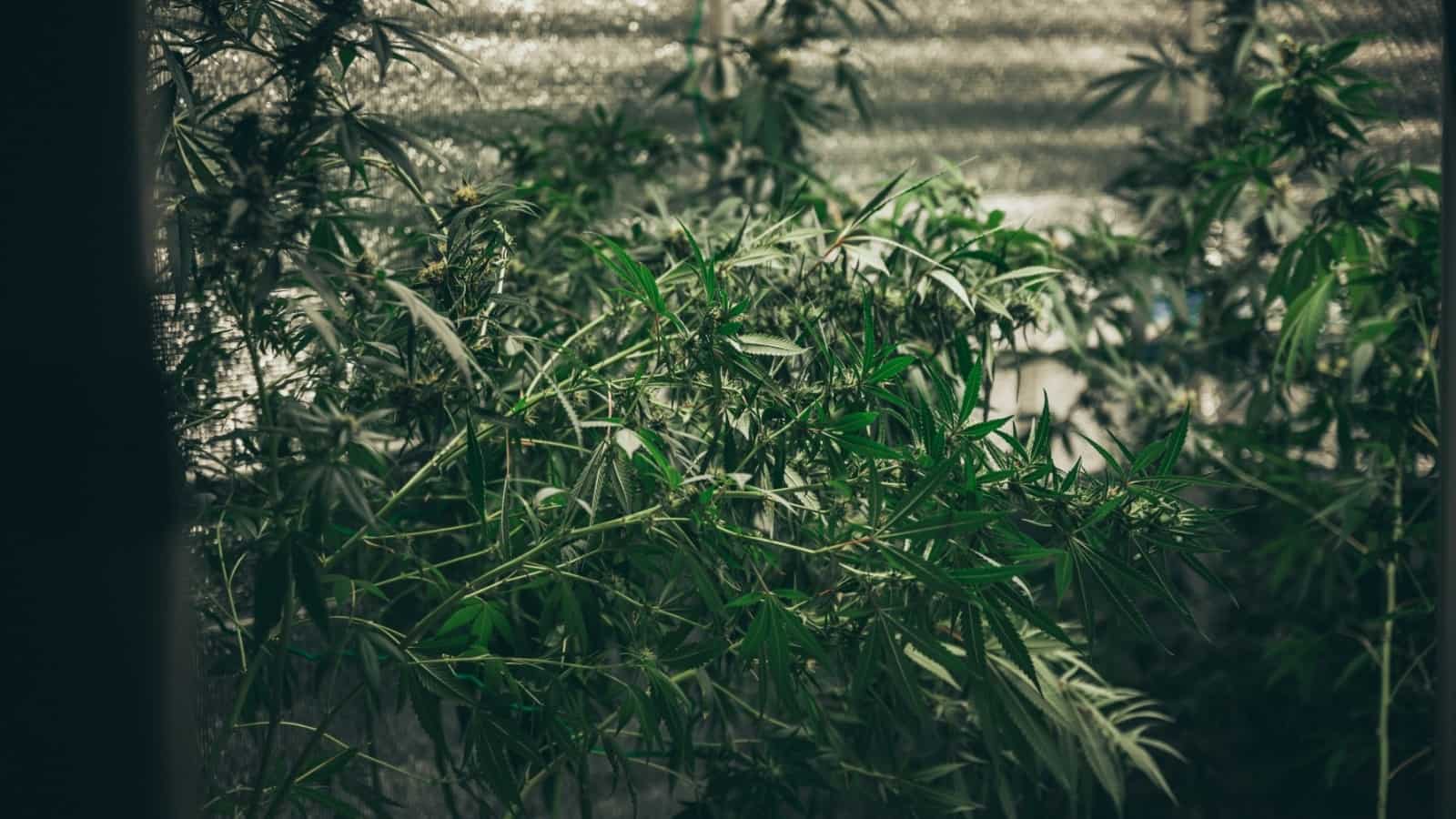
The two most significant advantages to growing marijuana inside include control over the environment and year-round growing.
On the other hand, it requires much more planning and the costs can add up fast.
If startup funds are an issue, you may want to start outside and save for indoor equipment.
Steer clear of hydroponics setups as of 2020. This method is still 100% illegal in Canberra.
Outdoor Cultivation
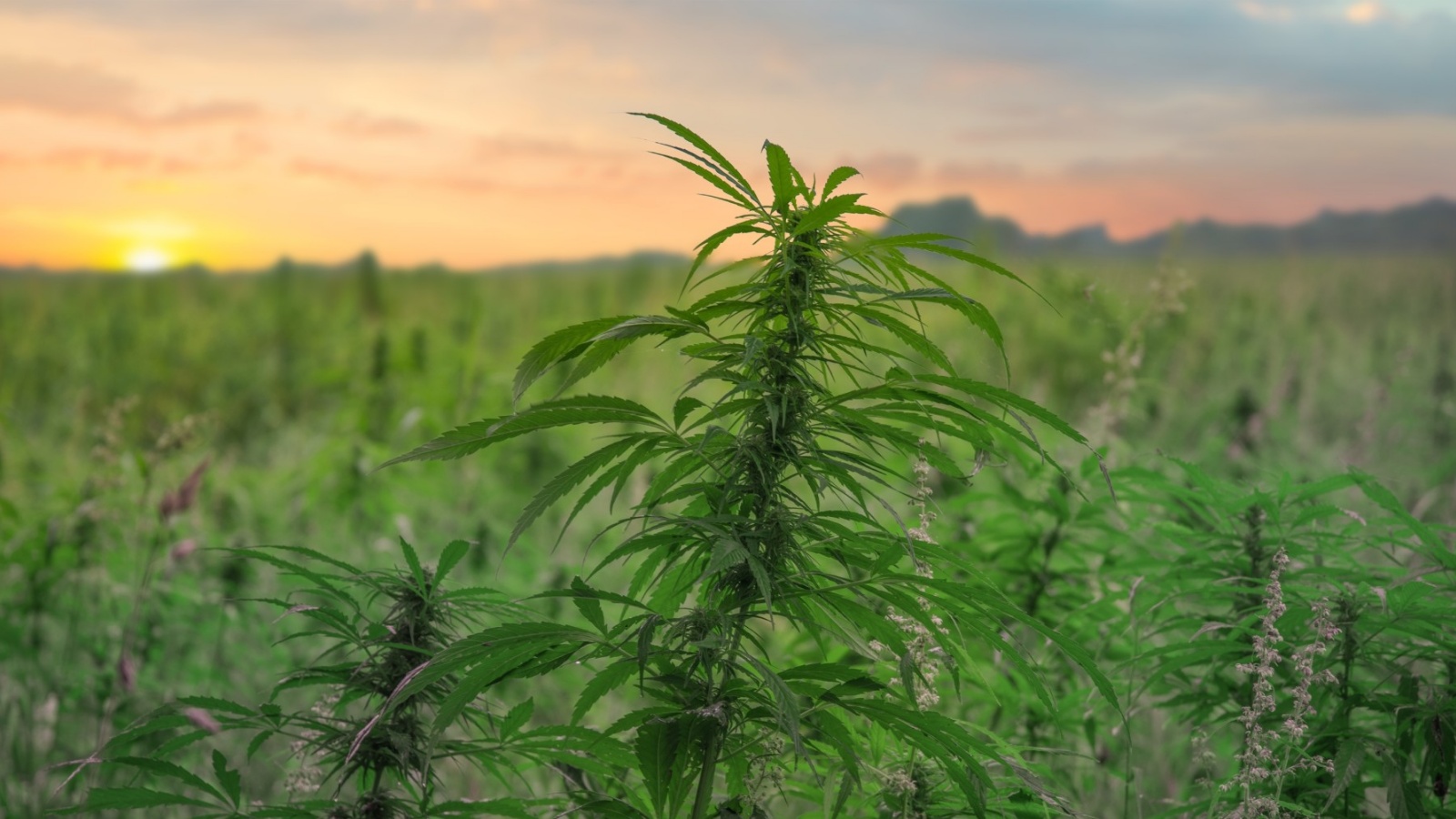
Growing outside is more comfortable and cheaper. However, more factors can reduce and even ruin your crop.
For example, problems with weather, attacks from predators, and human interference can make outdoor growth more difficult.
Unless you have a great security system on your property, your excellent cultivation skills could come under assault from thieves that steal the fruits of your labor.
Another consideration is extreme weather, which can be devastating to any outdoor crop.
There is a way around weather and security issues that are discussed in the sections below in more detail.
One factor some growers tend to forget is cross-pollination issues.
If there’s a hemp farm or other cannabis growing nearby, it can quickly destroy a cannabis crop.
2. Pick a Cultivar (Cannabis Strain)
Wait until you choose between inside and outside cultivation to decide on a strain and purchase seeds.
Each cultivar has different growing conditions. For example, you should grow Indicas inside because they’re sensitive to heat and humidity.
However, Sativas will thrive outside in Canberra. Additionally, you may also consider Sativa dominant hybrids.
When purchasing these seeds, study their resistance to heat, humidity, and water.
Read about the best strains for medical use here.
Important cannabis seed terms and definitions
When you pop over to one of the marijuana seed supplier’s websites, it’s essential to know and understand the different options.
Regular
Purchasing a packet of regular seeds will give you a mix of males and females.
If you pick these, you’ll have to pay close attention to your plants to pull the males before pollination, or it will dilute your plant’s THC count.
Feminized
They cost a little more, but feminized seeds have no males, so you don’t have to spend too much time watching your plant’s anatomy.
If you miss just one male, it can ruin an entire crop.
Autoflowering
These have a short growing period and flower after a certain number of days rather than the amount of sun per day like regular seeds.
New growers may prefer these to start because they allow them to be successful the first time out.
Since you can grow two plants per person and up to four per household now in Canberra, consider trying an auto-flowering and regular plant.
Although the genetics of cannabis is much more complicated than Sativa, Indica, and Hybrid, it’s still the easiest way for growers, distributors, and dispensaries to label the effects of different variances in the plant.
Below are some of the broad characteristics of each.
Sativa
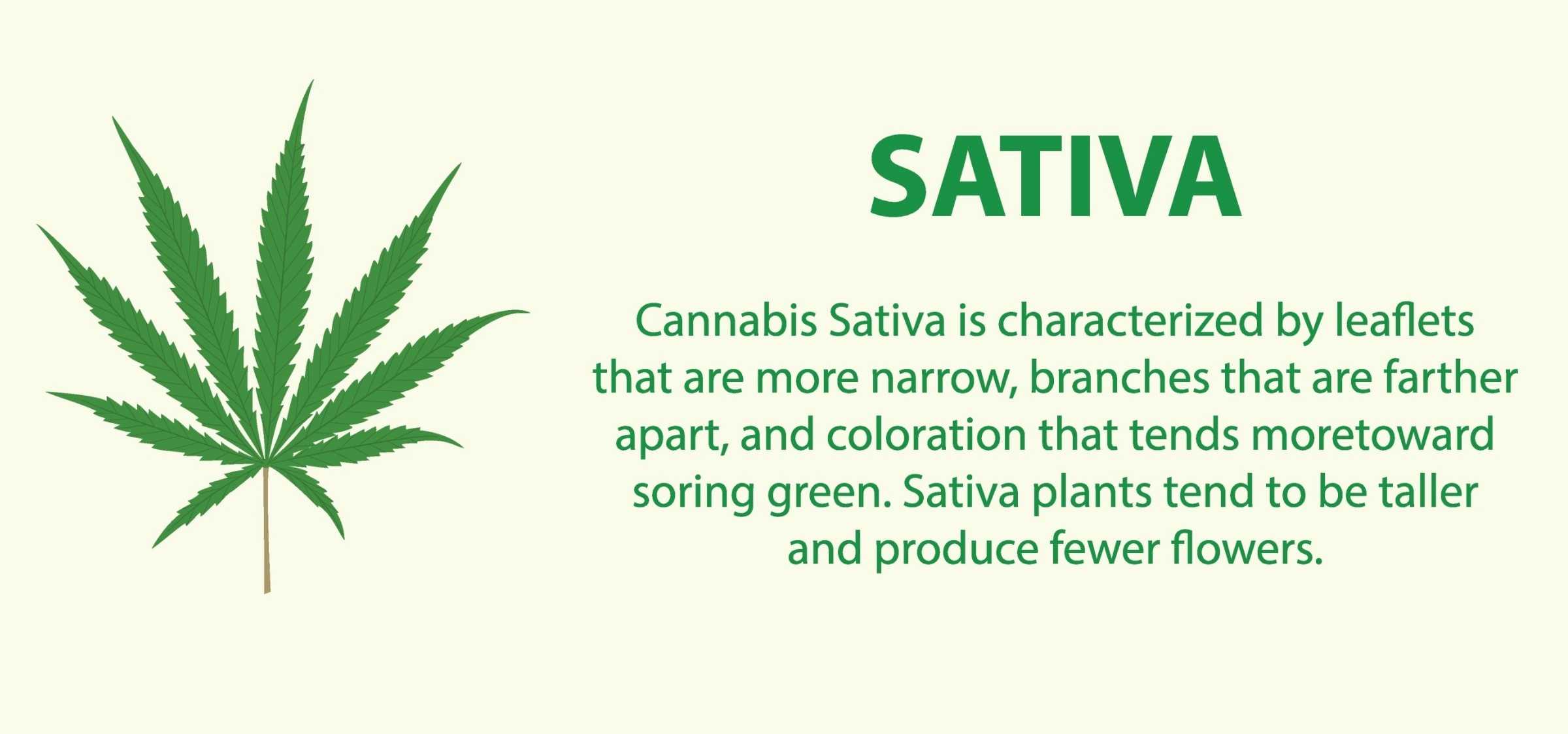
Sativa-like effects include increased euphoria, uplifting, suitable for social settings, without a couchlock.
Sativas can enhance creativity and boost the mood of anyone experiencing symptoms of depression.
Indica
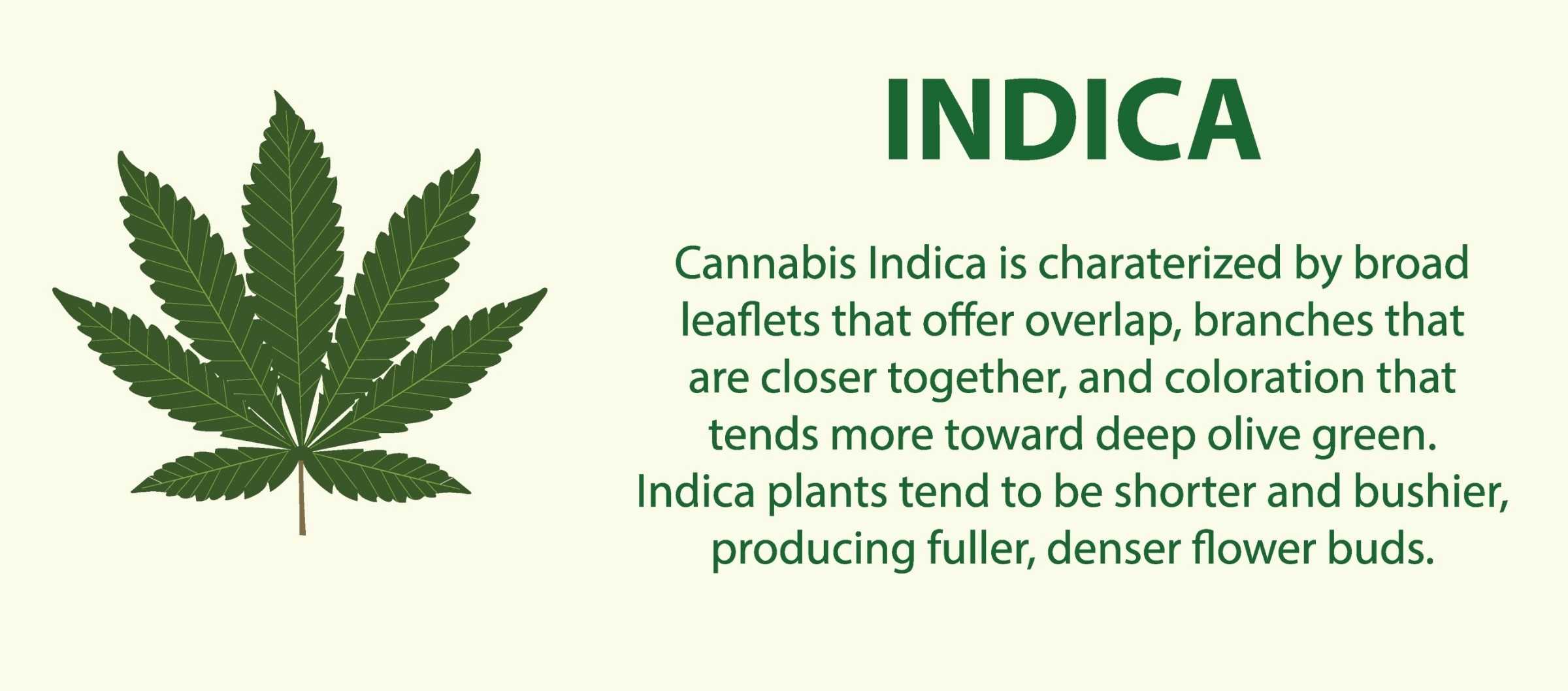
Indica-like effects include calming, stress-relieving, full head, and body highs with a mild to heavy sedation.
Indicas are often recommending for sleep, relaxing, and reducing pain.
Hybrid
As the name suggests, these are a cross between both Sativas and Indicas and contain characteristics of both in varying degrees.
There are some 50/50 ratios, but most strains are dominant in one of the other.
Buying Cannabis Seeds in Australia
It’s unfortunate, but the cannabis laws don’t allow you to purchase seeds in the country.
However, it’s not illegal to possess marijuana seeds, and growers can buy them discreetly from online suppliers.
Distributors that ship to Australia include,
Storing your marijuana seeds
Cannabis seeds have a durable outer shell, but you still need to store them right to keep them viable for germination.
Much like cannabis oils, you must keep seeds away from light and humidity and store them where the temperature won’t fluctuate.
Ideal locations are dark, cool, and dry.
Whenever possible, keep seeds in their original shipping containers.
If that’s not an option, seal them in something airtight, such as plastic storage bags that zip.
You can put them in the refrigerator or freezers.
3. Find the Perfect Grow Area
There are a few factors for finding the right area for your cannabis garden.
First, you should be comfortable with the area.
Indoor Growing Spaces
For most personal use, indoor grow areas are going to be small, so make sure to read the seed’s descriptions regarding size and consider ones for indoor growing that are short and bushy rather than tall and broad.
A small room or closet lined can make the perfect space for your plants to get a concentrated amount of heat from grow lights.
Some of the supplies you’ll need for indoor cultivation include,
- LED (light-emitting diode), HID (high-intensity discharge), fluorescent, or induction grow lights
- Exhaust system with charcoal filters
- Timer
- Quality soil
- Containers with proper drainage systems
- Macro and micronutrients (Nitrogen, phosphorus, potassium, calcium, magnesium, iron, and copper)
Keep in mind that growing indoors with a hydroponic setup is illegal in Australia without a license.
Outdoor Growing Spaces
As mentioned, security is an important consideration when growing outside.
Unless you plan on setting up video surveillance, installing fences, and even perimeter alarms, a good option is one close to your house with good outdoor lighting to deter thieves.
Another option is to use containers.
If your planting directly into the ground, you’ll want an open space with as much sun as possible.
Another factor, when feasible, is an area that gets a light breeze that helps move the air around in hot or humid climates.
Make sure to put your containers on a sturdy hand cart. As they increase in size, it will be harder to move them around.
A second advantage of keeping them in containers and mobile is you can bring them inside during inclement weather, such as heavy winds, rains, or unseasonably cold or hot temperatures.
You’ll need far fewer tools for outdoor cultivation than indoors. Some that are necessary include,
- Quality soil with few rocks, organic, and the right mix of nutrients
- Supports
- Fertilizer
4. Germinating the Seeds
When you get your package of seeds, carefully scrutinize all 10 or 20, under a light.
Choose the darker ones first over ones that are lighter in color, which is more inferior in quality.
You can use seeds that are slightly damaged, and they should still germinate.
There are a few methods to use, including,
- Wet kitchen towel – one of the most popular ways to germinate seeds, it only requires paper towels or cotton wool pads and water. You can learn more about this process here.
- Glass of water – one of the least effective ways; requires placing the seed in a glass of water that’s 22 degrees Celsius. You can learn more about this method here.
- Direct soil – this method is like growing many plant types. The key to direct soil is not planting the seed too deep. The temperature, pH balance, and moisture levels of the soil play an essential role in this method. You can learn more about directly sowing seeds in the soil here.
Additionally, you can purchase starter kits. Seeds need temperatures of 21 to 32 degrees Celsius to germinate and take about five to ten days.
Remember to be very careful when handling seeds and small seedlings. These are very delicate. At this point, you’ll need to transfer the seedlings into containers if you didn’t use the direct to soil method.
For seedlings ready in October, depending on the local day and night temperatures, you may be able to sow them in the ground if you’re not using containers to grow your plants.
5. Stages of Growth
Following germination, the seedling stage takes about two to three weeks, and you need to maintain an air temperature of 77 degrees with proper humidity.
The next stage is vegetation and the first time you can take clones from your new plants.
During this time, the plant’s stalk will thicken and new nodes will form for the next set of branches.
The second to last stage is pre-following. This is when the female and male reproductive parts will start to show (if you’re using feminized seeds only, you won’t have to worry about male issues.) Flowering is the final stage, and it lasts between 6 and 12 weeks depending on the strain.
6. Cannabis Plant Care
The most apparent care tips involve watering your plants, being careful not to overwater, which can lead to mold.
If you’re still in the early stages of growth, this may include paying attention to indoor and outdoor temperatures, moving plants inside when it gets too cold and outside when it’s warm enough for them to get some natural rays.
While you can plant some strains and let them grow with relatively little interference, most require some tweaking at different stages to prevent mold and increase yield.
This is increasingly true if the strain tends to grow tall, top-heavy, or is busy. There are various techniques you can use to get the best results.
Screen of Green or ScrOG
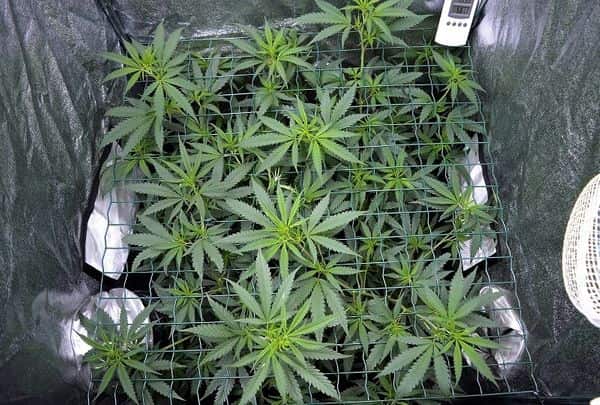
The ScrOG method has been scientifically studied and proven to improve the yield of cannabis crops.
Famous books like The Big Book of Buds, by Rosenthal, promotes the Screen of Green (SCROG) growing method as the best way to bring out the cannabis plant’s full potential of THC and CBD.
The method involves the use of a chicken wire screen or net to hold the tops of the plant’s canopy and contain growth, which allows you to increase yield in a smaller area. This method works well with a limited growing room indoors and out.
Low-stress training
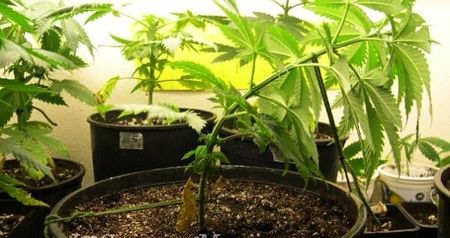
The low stress training method (LST) is very common in horticulture and widely used in the cannabis cultivation and growing industry.
The LST method is supposed to help optimise the cannabis growing conditions and produce a larger flower (bud) yield.
LST involves the grower using a tie and bend method. This uses ties to bend the branches and change the direction of the plant’s growth.
This will help the stems support substantial bud development during the flowering period.
To perform Low Stress Training on your cannabis plants, you will need:
- Soft rubber or plastic zip ties
- A wooden stick/stake
- Duct tape
You can then use the soft rubber ties to bend the plant into any direction for optimised nutrient intake and growth.
Be careful not to use string, as this will typically dig into the branch and cause damage.
Super cropping
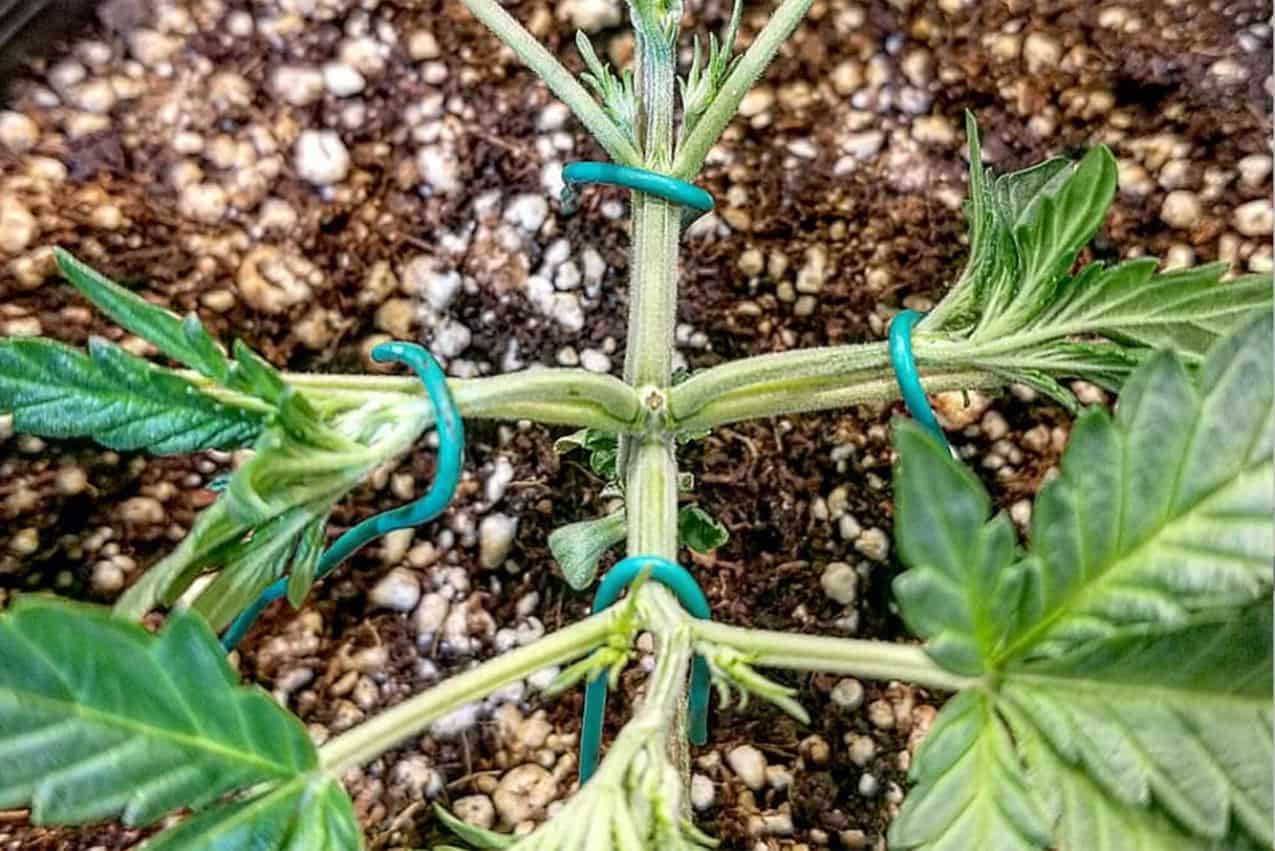
The cannabis plant is robust and responds well to being stressed during the growing process.
Super Cropping, otherwise known as High Stress Training (HST), is one of the oldest growing techniques that uses trauma on the plant to produce higher yields.
The grower will break the branches of the cannabis plant; this form of trauma puts positive stress on the plant.
When breaking the cannabis branches, you must make sure not to damage the outside, and only break the inside of the branch.
Growers can force the plant to change the direction for controlled growth. This allows you to place the plant in the ideal growing conditions to optimise its intake of nutrients.
The results of Super Cropping is increased amount of resin and larger flower (bud) yield.
To Super Crop your cannabis plant, you will need:
- Gloves
- Duct tape
- Plastic zip ties or Garden ties (really useful for super cropping)
Super cropping is easily down with these few steps:
- Choose the cannabis branches for super cropping
- Place the branch between your thumb and index finger
- Gently bend the branch in the chosen direction
- Use ties and repair the branch with duct tape where necessary
Topping
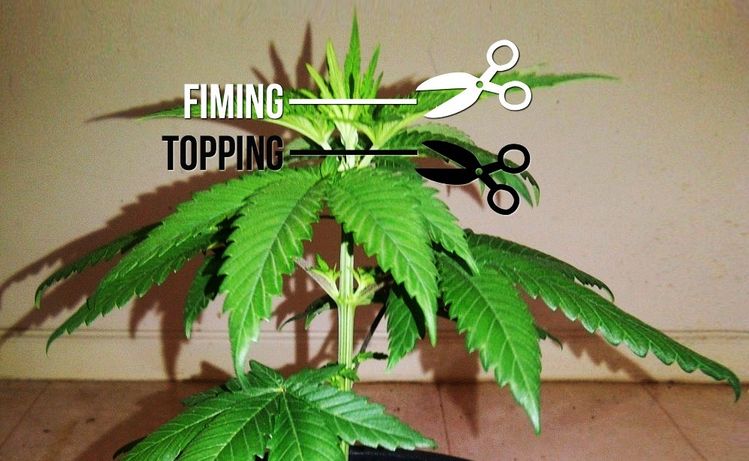
The topping process involves pruning the primary growing tip of your cannabis plant.
Topping is a High Stress Training (HST) method that is common in both indoor and outdoor cannabis growing and cultivation.
Topping can be useful in growing more seeds or increasing the yield of resin and flower (bud) in the plant.
This training method involves removing the crowns of your plants to cause two to grow back in its place.
You can do the same thing again with the double tops to create four new tops, and so forth.
The benefit of this is to increase cola production. This method works best with cultivars that have long flowering periods.
How do you top cannabis plants?
To top the marijuana plant, you will need some sharp scissors or shears to make a clean cut at the top of the primary stem of the plant. Ensure that you completely remove the top growth of the cannabis plant.
Its useful to give a few centremetres between where you can and the branches below in case of any mistakes while topping your cannabis plant.
Fimming
Fimming is a similar high stress training method that can improve the yield of resin and flower (bud) in your cannabis plant.
This Fimming process is popular with smaller growing setups of one to three plants.
The result of fimming your cannabis plant is up to four new top colas. The extra cannabis shoots use the growth hormones from the main stem to grow rapidly.
Be careful with the Fim method as it can damage your plant if you do it too early or too late.
The best time to fim your plant is at the start of the vegetative phase, which will allow the cannabis plant to focus its nutrient derived energy into the production of flowers.
To fim your cannabis plant, pinch the main stem and cut of 70-80% of the tip. This will lead to the growth of up to four colas.
Pruning
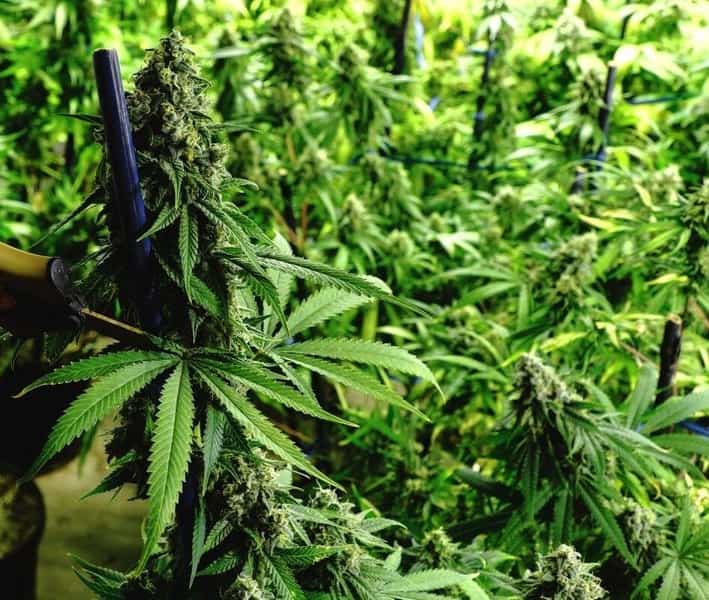
No matter what method you use, if any, pruning is essential to your cannabis plant’s health.
The goal of growing cannabis is to have a high yield of resin and large flowers (buds), and having a pair of sharp pruning shears in your arsenal is important.
Pruning your cannabis plant requires removing fan leaves and low-growing tips to direct all the plant’s nutrients to the upper-level leaves and flowers.
You can use your fingers or scissors to prune. It’s recommended you remove between 60 to 70-% of the bottom growth to boost the tops production.
The result is having all the growing energy and nutrients directed to the flowers and resin production in the cannabis plant, and not wasted on the leaves.
7. Pest and Predator Control
Luckily, cannabis plants come with built-in defense systems with their strong and sometimes overpowering aromas.
This means you don’t need to use heavy chemicals. But you still may need to use some mild pesticides that are approved for marijuana.
It’s essential only to use products that are safe for plants you can consume. Indoor cultivation will make it easier to control predators.
However, you’ll still need to keep an eye on your soil and watch your plant’s stalks, stems, and leaves for signs of insect pest activity.
8. Harvesting Your Crop
Deciding when to harvest your cannabis plant is trickier than you may think.
The reason is the wide variances in terpene and cannabinoid content that can make or break your final crop.
As you know, the terpene profile determines the taste, aroma, and some of the effects of the bud.
One method is to watch the stigmas or “hairs,” and when at least 60% of these turn orange and red, they’ve hit their peak, and it’s time to pluck and cure your potent flowers.
9. Taking and Using Clones
If you really like a cultivar or want to save time with your next set of indoor plants, consider taking clones of your current plants.
In addition to saving time, using clones can reduce failures and improve trichome production.
Cloning cannabis plants involves cutting off a smaller branch during the vegetative state (at least eight weeks old).
Significantly reduce your mother plant’s nutrients during this time to prepare it.
If there are too many nutrients, the clone will continue to grow as if it’s eight weeks old and not produce the roots necessary for a new plant.
You can learn more about cloning, including the different techniques to get healthy roots, here.
There’s learning for nearly endless cannabis cultivation.
With the long growing seasons in Canberra, it’s easy to grow half the year inside and half the year outside.
Indoor and outdoor growing methods vary, and there are various techniques available to tweak your yield.
Other challenges can be present as you choose different cultivars that require intermediate or expert skills, such as plants vulnerable to mold or needing specific training methods to produce a good yield.
This article was researched using these and other references:
- Growing Cannabis in Australia
- Small-scale cannabis cultivation
- Growing and cultivating hemp or cannabis plants
- The different ways to grow marijuana legally in Australia

James King
James is an experienced writer and legal cannabis advocate in Australia. He answers all the questions about business, legalisation and medicinal cannabis.
Disclaimer: Cannabis Place are not doctors and we recommend consulting health professionals for accurate information. This site may contain information regarding drugs. This medicinal cannabis content is designed for an 18+ audience. Click here for our full disclaimer
